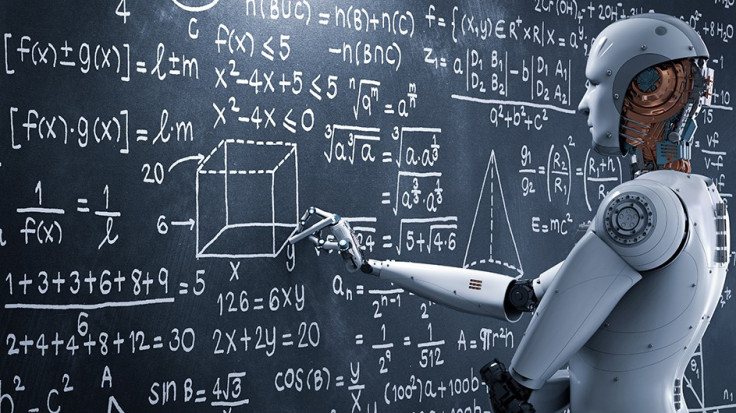Cornwall is home to Ameca – the world's most 'humanoid' robot
Ameca is the world's most advanced humanoid robot that has been designed to converse while performing gestures with lifelike facial expressions.

In 2022, Ameca was launched by Engineered Arts Ltd at the Consumer Electronics Show (CES) in Las Vegas USA. Ameca, also known as the "Future Face of Robotics", is the world's most advanced human-shaped robot – which allows for human-robot interactions.
Engineered Arts Ltd claimed: "Ameca is the world's most advanced human-shaped robot, representing the forefront of human-robotics technology."
The robot, Ameca, was designed specifically as a platform for development into future robotic technologies and human-robot interaction possibilities.
The robot consists of an artificial human-like body and an artificial intelligence (AI) and learning machine which makes for human-robot interaction.
Not only can humans converse with Ameca in multiple languages, but the robot also boasts several advanced and lifelike facial expressions and gestures – which it will perform at appropriate moments.
Engineered Arts Ltd, whose headquarters are in Falmouth, Cornwall, designed Ameca so that the robot is not confined to the lab, and can be put into action in the real world.
When Ameca was asked about the purpose of humanoid robots, it replied: "There are many possible applications for humanoid robots, some examples include helping people with disabilities, providing assistance in hazardous environments, conducting research, and acting as a companion."
Morgan Roe, the Director of Operations at Engineered Arts Ltd, revealed that: "We have created Ameca to be that human-to-robot interactive robot... it's not a robot that can walk around, yet, but it is mainly about that human-robot interaction. We have really worked hard on the expression and the gesturing, that's the hardware side of things, but then you've got the software side of things – that's the AI."
In regard to the recent development of AI, Morgan Roe said: "Recently Chat GPT – it's big in the news, it's exploded! It's amazing that that's happened recently because we can take that technology and integrate it into Ameca."
"That (Chat GPT) is its brain", he added.
"It can learn, and that is by the conversation that you have with it... but it can also remember the conversation that we just had," Morgan Roe concluded.
When questioned on the likelihood of Ameca taking over the world, Morgan Roe responded by saying: "It won't take over the world one day, because we can turn it off – we've got an on/off button."
Lucy Seal, the Curator of Ai-Da Robot, noted that Ameca, "is top quality design and engineering, and we are constantly surprised by the elegance of the design and the quality of the make and materials. It is astonishingly reliable."
The Curator of Ai-Da Robot, also known as the world's first ultra-realistic robot, added: "The technical support is as outstanding as the robot, with experts able to direct and assist the running on every detail of the robot."
Although Ameca is not yet mobile, Engineered Arts Ltd has carried out research which will lead to Ameca being able to walk in the future.
Engineered Arts declared: "Ameca is a modular robot, we plan on upgrading its abilities over time, so one-day Ameca will walk."
However, developing the abilities of a robot can only be achieved over a long period of time, in contrast to the fast-paced development of AI software.
Morgan Roe revealed: "The robots themselves, [take] a lot longer to develop because it is really difficult, really challenging, because it is physical. But with the AI, the main issue we have is we don't actually know what the risks are, we're just wondering what the risks are."
Furthermore, the Director of Operations at Engineered Arts Ltd also warned: "That is why a lot of people are saying, well how about we stop training these AI's and do some studies on it because it is moving so fast – you don't even have time to do the studies to see what the risks are."
However, Morgan Roe reassured the public that using a physical robot allows us to "assess those risks", given that a physical robot "progresses at a slower pace".
© Copyright IBTimes 2025. All rights reserved.






















